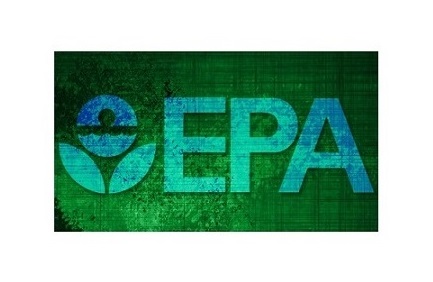On May 1, 2015, the DC Circuit Court of Appeals decided in Delaware Department of Natural Resources and Environmental Control vs. EPA that EPA acted arbitrarily and capricious in its rulemaking that allowed emergency engines to be operated for up to 100 hours per year for emergency demand response operations for periods in which the Reliability Coordinator under the North American Electric Reliability Corporation (NERC) Reliability Standard EOP-002-3, Capacity and Energy Emergencies (incorporated by reference, see §60.17), or other authorized entity as determined by the Reliability Coordinator, has declared an Energy Emergency Alert Level 2 as defined in the NERC Reliability Standard EOP-002-3. The Court reversed the 100 hour exemption for emergency engines under the NESHAP and NSPS regulations and remanded them back to EPA for further action.
On July 15, 2015, EPA responded to the Court’s decision and requested a stay of issuance of the mandate until May 1, 2016. This request was to ensure grid reliability for this year, allow owners/operators of engines a reasonable time to install necessary controls and to allow EPA time to evaluate the need for a limited follow-up rulemaking. In addition, EPA petitioned the Court for a panel rehearing that was unopposed to ensure that the requirement in the rule that limits maintenance checks and readiness testing to 100 hours per year be left in effect.
Therefore, the EPA’s response dictates that the 100 hour provision for emergency demand response will be vacated as of May 1, 2016. This allows for current contracts to continue through this season and provides owners/operators the time to install the necessary pollution control equipment on the engines if they want to continue to operate for demand response purposes as a non-emergency engine. These engines would now be considered non-emergency and would be subject to the regulations set forth in NESHAP Subpart ZZZZ for existing engines or NSPS Subpart IIII for new engines for non-emergency engines. NESHAP Subpart ZZZZ requires non-emergency engines to install diesel oxidation catalysts (DOCs) to meet CO requirements and NSPS Subpart IIII would require engines to install selective catalytic reduction (SCR) and/or diesel particulate filters (DPFs) in order to meet the NOx and PM requirements for non-emergency engines.
In another related case that has been under review since April 2014 when several petitioners sought reconsideration of the same part of the regulations by EPA, EPA filed a motion for voluntary remand without vacatur of the provision in the regulations known as the 50 hour rule which allows for emergency engines to operate for non-emergency purposes to support local reliability. It appears that EPA will now revisit this part of the regulation as well in light of the Court’s decision on May 1, 2015 with regards to the 100 hour rule. Although EPA stated that they will conclude reconsideration of this part of the rule within a reasonable time period, no schedule has been set forth.
For additional information pertaining to this voluntary remand by EPA, please contact us.

